30 Years Later: Remembering the Northridge Earthquake
Monday, January 17, 1994
4:31 a.m.
The 6.7-magnitude Northridge earthquake and subsequent aftershocks caused destruction throughout the San Fernando Valley and across the region. “When the dust settled, 57 people had died — including 33 from fallen buildings. Of those, 16 were killed when the 164-unit Northridge Meadows apartments collapsed atop its downstairs parking garage,” reporter Dana Bartholomew wrote in the Los Angeles Daily News, in a 20-year retrospective article. Two of the victims were CSUN students living in Northridge Meadows.
Numerous buildings and parking structures on CSUN’s campus sustained severe damage, including the iconic University Library, whose east and west wings were badly damaged.
Later this spring, through new interviews, a review of the recorded oral histories of numerous CSUN leaders and by highlighting some gems of CSUN’s digital archives, CSUN Magazine will look back over three decades — offering a glimpse at how the university responded to, recovered from and, ultimately, thrived after the 1994 earthquake. To commemorate Jan. 17, 1994, here are a few highlights:
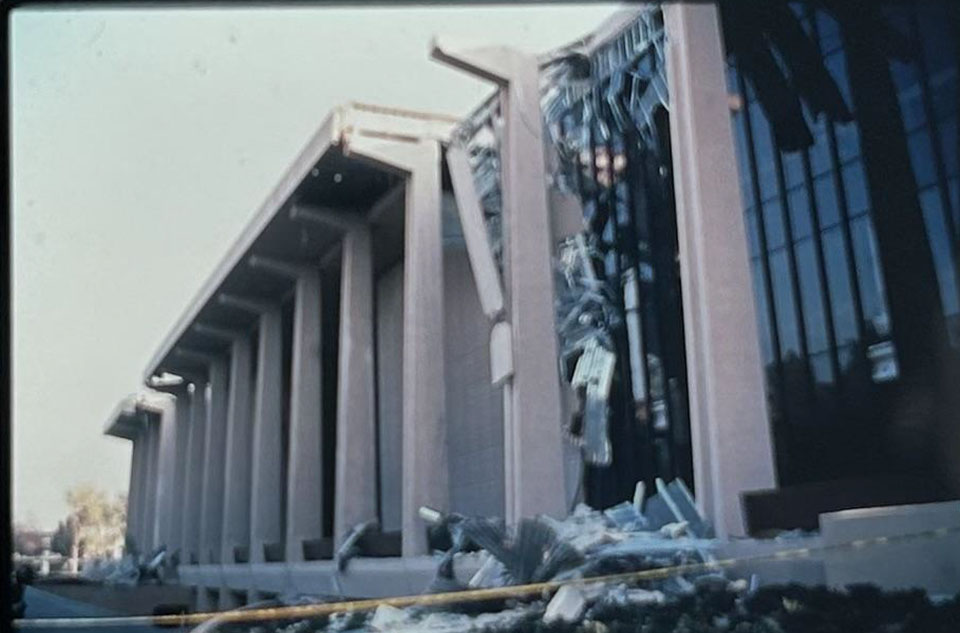
Numerous buildings and parking structures on CSUN’s campus sustained severe damage, including the iconic University Library, whose east and west wings were badly damaged. Photo courtesy of University Library, Special Collections & Archives.
Recalling her initial survey of the damages, former CSUN President Blenda Wilson expressed relief that the quake took place during Winter Break. “The timing — for the school calendar, and the time of the morning, and that it was a holiday weekend (Martin Luther King Jr. Day) — was a real blessing. It would have been a horrible scene otherwise,” Wilson recalled in an 2013 oral-history interview.
Vice President Al Gore visited the campus in 1994, immediately after the earthquake, promising federal aid. One year later, President Bill Clinton spoke on campus, praising CSUN staff and faculty for demonstrating the strength to move forward after the devastating earthquake.
Commemorating the one-year anniversary, Clinton held up the university as a model in disaster recovery — campus reopened and classes resumed after just two weeks — and he praised federal, state and local agencies for their recovery efforts on campus and throughout the area devastated by the quake. Clinton spoke on campus in front of a large black-and-white photograph of CSUN’s former Parking Structure C, which had partially collapsed during the early-morning temblor.
“[We] said that we wouldn’t let you pick up the pieces alone, that we would stay on until the job is done,” Clinton told the crowd at CSUN. “Twenty-seven federal agencies worked with state and local officials in unprecedented ways, and this was the most efficient and effective disaster operation in American history. [CSUN] is a symbol of the ability of the people of this state to keep coming back, adversity after adversity.”
‘The Power of Community’

Associated Students President Steven Parker ’94 (Political Science, at microphone), introduces VP Al Gore, while President Blenda Wilson stands with Gore on the makeshift stage.
As chief innovation officer for the Transportation Security Administration (TSA), Steven Parker ’94 (Political Science) frequently calls on his skills as a former corporate lawyer, political campaign director and survivor of the Northridge earthquake. “CSUN was my training ground for all things leadership development,” said Parker, who was president of Associated Students at the time of the quake.
In the aftermath of the temblor, which he likened to a “living horror movie,” Parker worked closely with then-President Blenda Wilson on recovery and communications efforts, becoming a spokesperson for the student body. “Dr. Wilson allowed me to do TV spots and news interviews,” he said. Parker also helped Wilson greet visiting elected officials as they toured the quake-damaged campus, using the opportunity to pass out his resume.
Parker said his quake experience was a lesson in leadership and coalition-building. “The Associated Students knew we had to get money into students’ hands for books and supplies, and we moved quickly to make that happen,” he said. “We learned how to work through conflict with grace and learned how to get things done in unconventional ways.”
Parker said the initial recovery period showed him what elected officials and government leaders can do in the face of adversity. “I believe in the power of community, and I believe in the ability of government to get things done,” he said. “I hate that often, it is a crisis that is the catalyst for getting things done. But I’ve seen it enough times now, and much of it started from my experience of going through that earthquake.”
The Resilience of Students
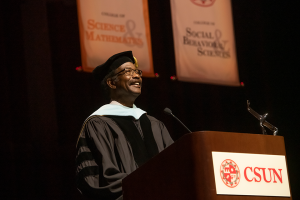
William Watkins, now vice president for Student Affairs and dean of students, in 2021. Photo by Lee Choo.
As a freshman at what was then San Fernando Valley State College in 1971, William Watkins ’74 (Urban Studies) lived through the 6.5-magnitude Sylmar earthquake. Decades later, as CSUN’s assistant vice president for Student Life, he survived the 6.7-magnitude Northridge earthquake and helped inform students about the rebuilding process. “One of my primary roles was assembling student leaders and leaders of clubs and organizations to inform students about what was going on,” Watkins said. “We were having these meetings, open forums and town halls out under trees and in very makeshift kinds of ways.”
In the aftermath of the 1994 quake, students faced “a pretty rugged existence,” Watkins said. “It was just a little city of bungalows with rows of asphalt. It was a pretty spartan life. We have always revered the ruggedness and the resilience of the students who made it through that experience.”
Today, Watkins serves as dean of students and vice president for Student Affairs. Reflecting on the Northridge earthquake, he said the rebuilding effort brought students, faculty and administrators together in a common vision for the university. He recalled the special challenges faculty and staff faced at the time. “We were coming here as professionals trying to create a college experience, and we were still filing FEMA claims for our own homes,” he said. “It was personal and professional. We were working on both those fronts and trying to project a level of calm and can-do to provide students with some stability.”
Unlike the recent global pandemic, which forced people to stay apart, Watkins said, a key aspect of CSUN’s successful recovery from the earthquake was the ability to be together. “I’m absolutely confident that part of what permitted us to get through the Northridge earthquake was the fact that we could be in community, as imperfect as it was,” he said. “We could hear from each other. We could encourage each other. We could be in those spaces together. Not so with the pandemic.”
In Memoriam: Students Manuel Sandoval and Jamie Reyes
CSUN student Manuel Sandoval, 24, was spending his first night in his new, first-floor apartment at the Northridge Meadows apartment complex — on Reseda Boulevard, one block from the CSUN campus — when the Northridge earthquake struck, according to the Feb. 7, 1994, issue of the Daily Sundial. He was one of two CSUN students — along with 14 other people — killed when the structure collapsed.
Sandoval’s younger brother, Juan DeDios, told the Daily Sundial that Manuel pushed his siblings to get an education. At CSUN, Sandoval developed a passion for teaching, working as a tutor with the Operation Chicano Teacher Recruitment and Support Program and using his math and science knowledge to assist future teachers. “He was always into school, but when he started tutoring, he found he really liked it,” DeDios told the Daily Sundial.
Also killed at the apartment complex was student Jamie Reyes, 19, who loved ones remembered for his commitment to the Educational Opportunity Program (EOP) Summer Bridge Program for academically at-risk students. Reyes’ sister-in-law, Marina Reyes, told the Daily Sundial that Jaime loved CSUN. “Oh, how much he wanted to come to school,” Marina said. “He had been told many times that he wasn’t college material. He was determined to prove them wrong.”
CSUN Associated Students established memorial scholarships in Reyes’ and Sandoval’s names. The scholarships “are humanitarian awards from students of this university to future CSU Northridge financially need-based students,” according to My Matador Scholarships.
With 16 of the 57 earthquake-related deaths across Los Angeles occurring at Northridge Meadows, lawmakers and civic leaders called for the retrofit of similar structures and for increased building safety. Months after the earthquake, crews razed the damaged complex to make way for the Parc Ridge Apartments.
For more, look for CSUN Magazine in your mailbox, on campus newstands and online in April.

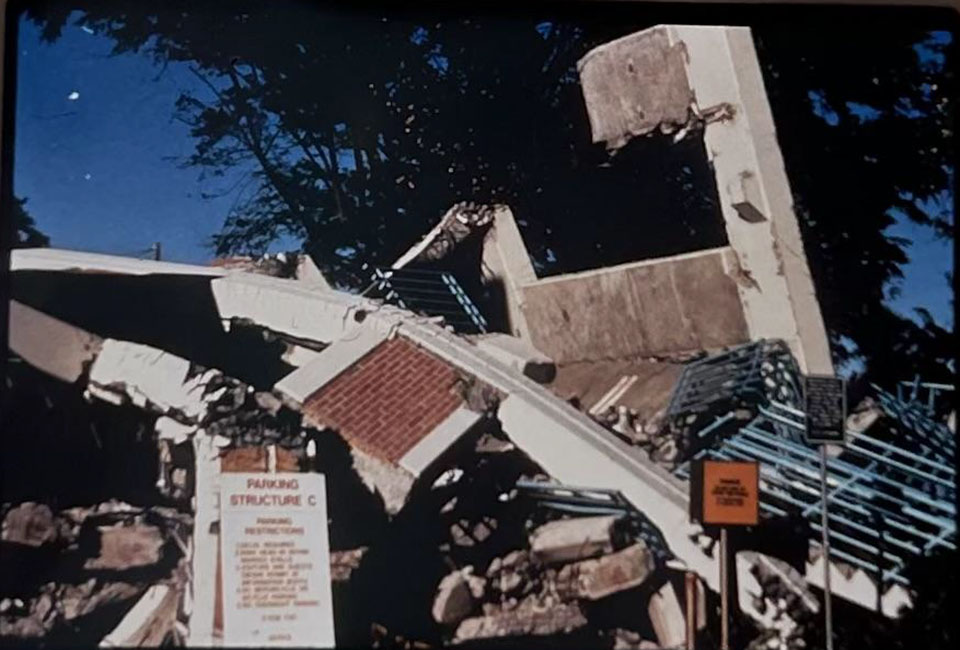
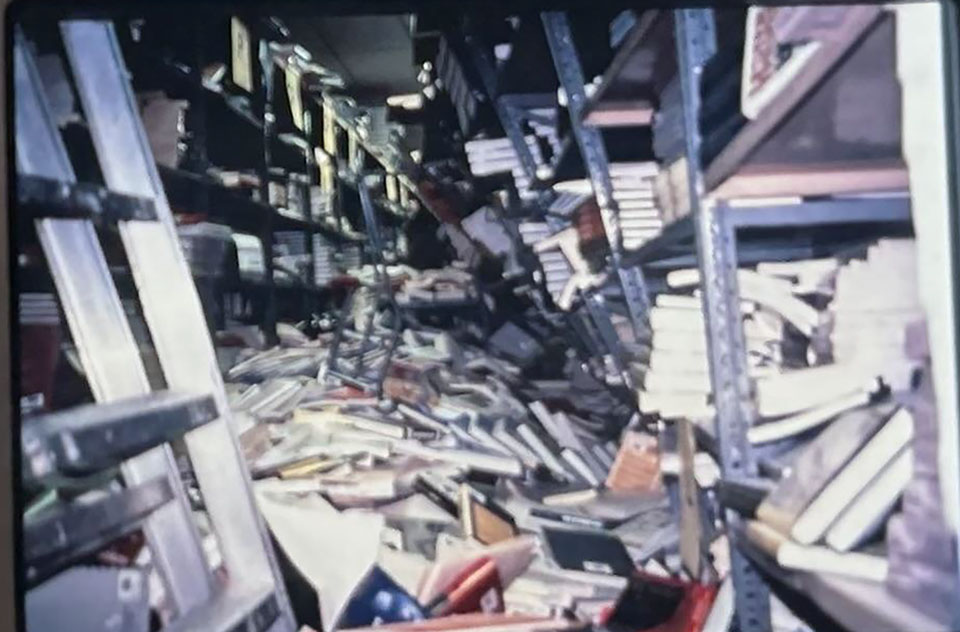
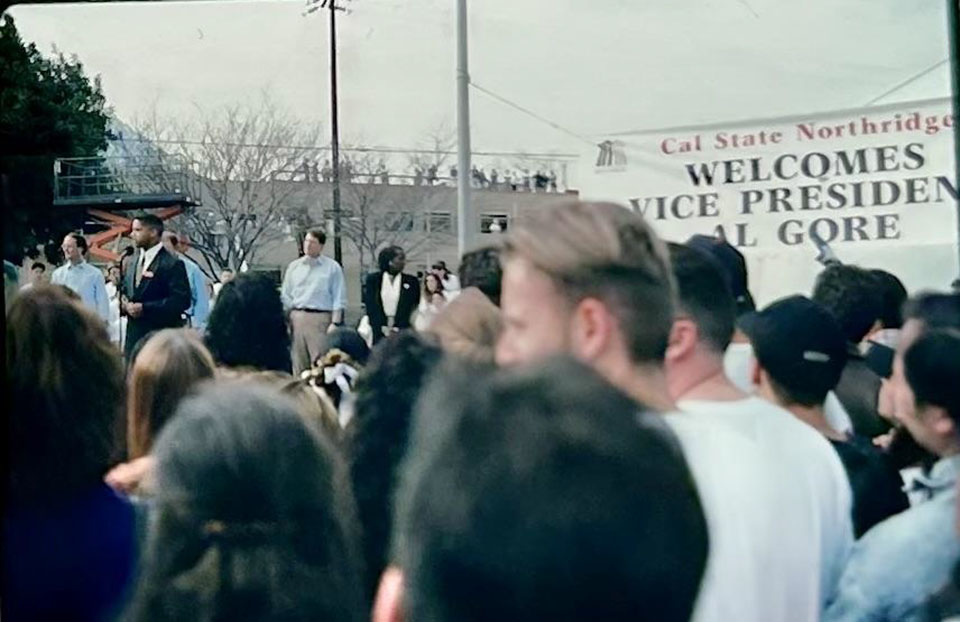
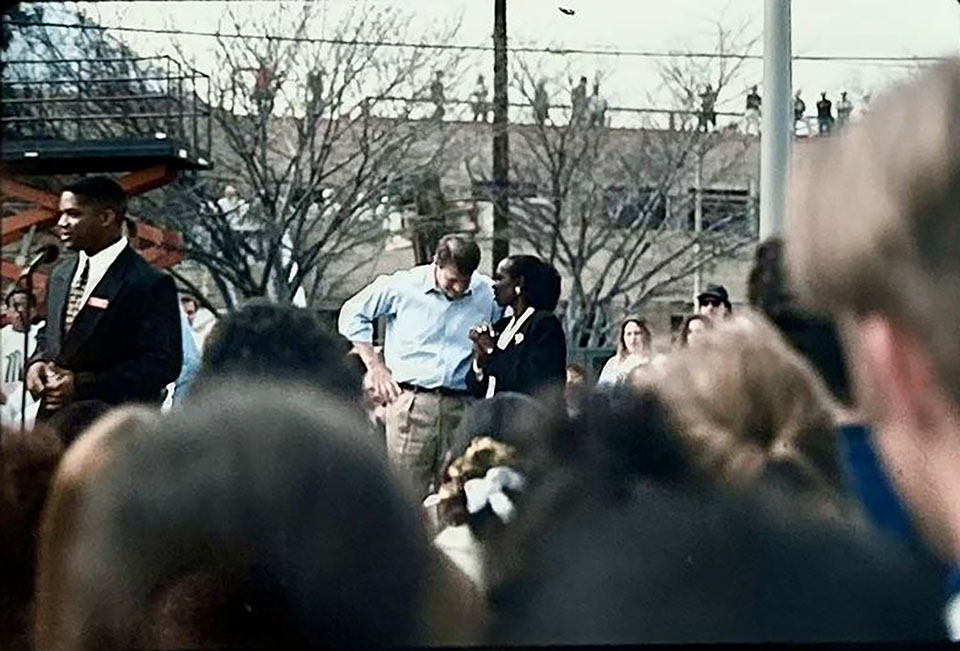
 experience
experience